Transcriptomic and metabolic responses of Calotropis procera to salt and drought stress
- PMID: 29202709
- PMCID: PMC5716246
- DOI: 10.1186/s12870-017-1155-7
Transcriptomic and metabolic responses of Calotropis procera to salt and drought stress
Abstract
Background: Calotropis procera is a wild plant species in the family Apocynaceae that is able to grow in harsh, arid and heat stressed conditions. Understanding how this highly adapted plant persists in harsh environments should inform future efforts to improve the hardiness of crop and forage plant species. To study the plant response to droμght and osmotic stress, we treated plants with polyethylene glycol and NaCl and carried out transcriptomic and metabolomics measurements across a time-course of five days.
Results: We identified a highly dynamic transcriptional response across the time-course including dramatic changes in inositol signaling, stress response genes and cytokinins. The resulting metabolome changes also involved sharp increases of myo-inositol, a key signaling molecule and elevated amino acid metabolites at later times.
Conclusions: The data generated here provide a first glimpse at the expressed genome of C. procera, a plant that is exceptionally well adapted to arid environments. We demonstrate, through transcriptome and metabolome analysis that myo-inositol signaling is strongly induced in response to drought and salt stress and that there is elevation of amino acid concentrations after prolonged osmotic stress. This work should lay the foundations of future studies in adaptation to arid environments.
Keywords: Drought stress; Metabolomics; Myo-inositol; Salt stress; Transcriptomics.
Conflict of interest statement
Ethics approval and consent to participate
Not applicable.
Consent for publication
Not applicable.
Competing interests
The authors declare that they have no competing interests.
Publisher’s Note
Springer Nature remains neutral with regard to jurisdictional claims in published maps and institutional affiliations.
Figures
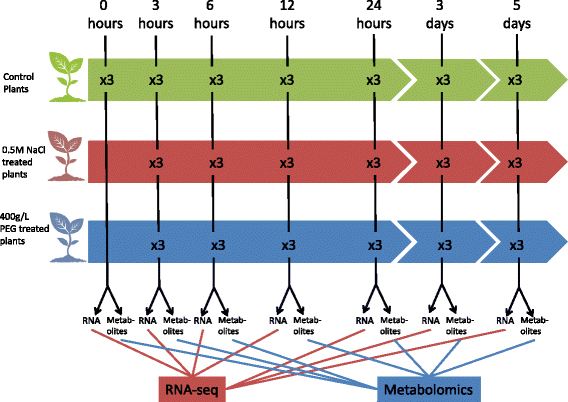
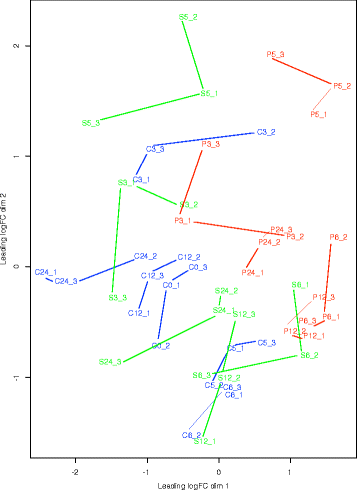
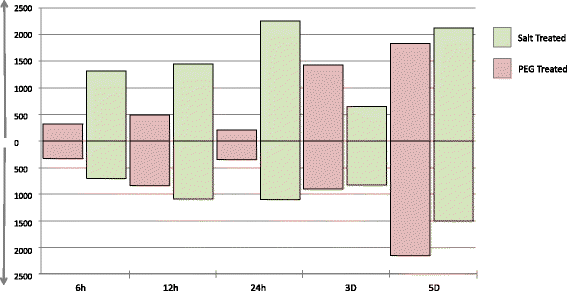
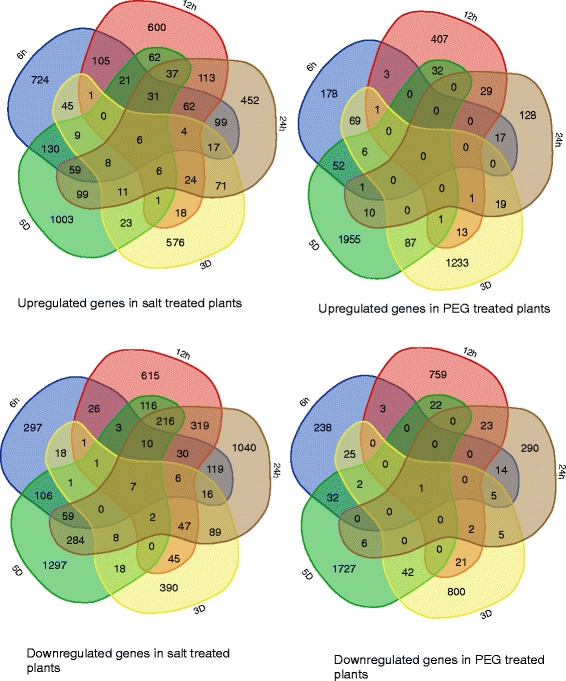
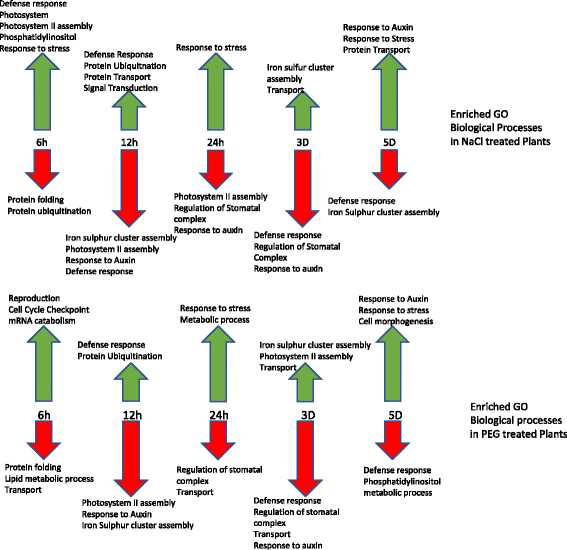
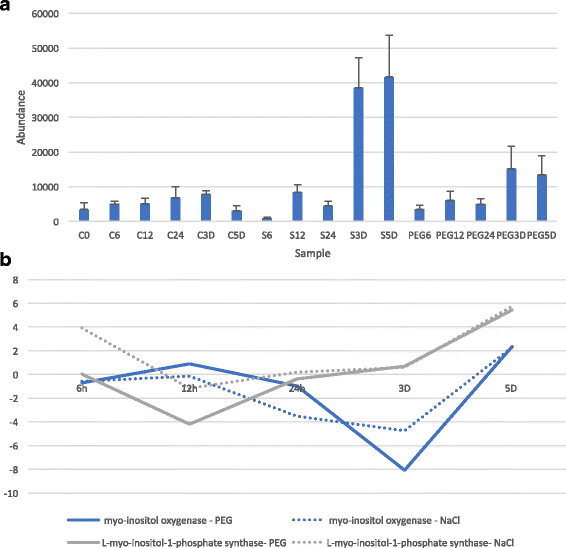
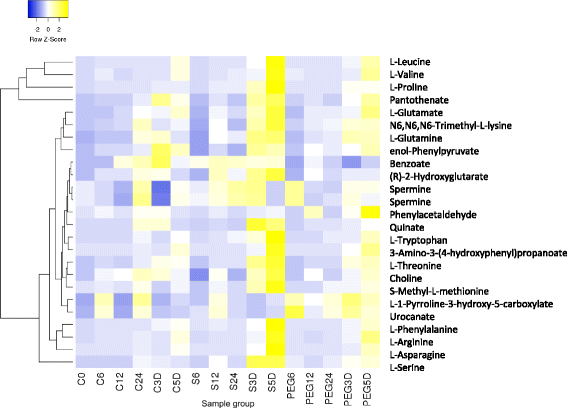
References
-
- Greiss E. Anatomical identification of plant remains and other materials from el-Omari excavation at Helwan from the first dynasty. Bull Inst Egypt. 1955;36:227–235.
-
- Ebbell B. A contribution to the earliest history of leprosy. Int J Leprosy. 1935;3:257–263.
-
- Shivkar YM, Kumar VL. Anthelmintic activity of latex of Calotropis Procera. Pharm Biol. 2008;41(4):263–265. doi: 10.1076/phbi.41.4.263.15666. - DOI
MeSH terms
Grants and funding
LinkOut - more resources
Full Text Sources
Other Literature Sources

